While many forms exist, the three most common types of human trafficking include sex trafficking, forced labor, and debt bondage. Men, women, and children can become victims of human trafficking, particularly those from vulnerable communities. This global issue occurs both internationally and domestically, even in Houston. In fact, the Office of Human Trafficking and Domestic Violence notes that in 2015, Houston became the first city in the United States to create a full-time position in the mayor’s cabinet to address labor and sex trafficking.
How Human Trafficking Works
The United Nations Office on Drugs and Crime (UNODC) defines human trafficking based on three separate elements that explain what traffickers do, why they do it, and how they do it. The act itself involves the recruitment, transportation, trafficking, harboring, or receipt of persons.
Traffickers do this by intimidating or luring victims through:
- Force
- Coercion
- Kidnapping
- Fraud or deception
- Abuse of power
- Payment
Once traffickers have acquired a victim, they exploit them for their benefit by forcing them into sex work, forced labor, and other types of non-consensual activities.
Explaining Sex Trafficking
Sex trafficking involves forcing victims to work in the sex industry without their consent. The Polaris Project emphasizes that the law considers any sex worker under 18 a victim of trafficking.
Someone you know may be the victim of sex trafficking if they:
- Want to stop working in the sex trade but feel afraid to leave it
- Experience pressure or coercion to become a sex worker
- Have “guards” who travel everywhere with them
- Have a manager or authority figure who works in the sex trade industry
- Have a “mentor,” significant other, or another person who controls every aspect of their lives
- Work in legal or illegal industries where they may often feel pressured to perform sexual acts for payment
The Polaris Project reports that due to their disproportionately vulnerable circumstances, racial minorities and LGBTQ+ youth have an increased risk of becoming sex trafficking victims.
Forced Labor Is a Form of Human Trafficking
According to information presented by the National Human Trafficking Hotline, forced labor, also known as labor trafficking, is “a form of modern-day slavery in which individuals perform labor or services through the use of force, fraud, or coercion.” Common forms of forced labor include farm work, domestic servitude, and factory work, all of which provide victims with very little (if any) money for their services. Unfortunately, many victims of forced labor are children.
The organization reveals that it received reports of more than 1,200 cases of forced labor in 2019 alone. They also identified more than 2,500 people who, based on known indicators, had likely become victims of labor trafficking. Texas had the third-highest number of reported forced labor cases in the country, primarily involving the trafficking of foreign citizens.
Circumstances that Constitute Debt Bondage
Debt bondage, also known as bonded labor, usually begins when an individual inherits a debt after the death of a loved one that they cannot immediately pay. In this system, the victim agrees to work for the lender to pay off the debt. According to End Slavery Now, workers often suffer through brutal conditions, only to find that their trafficker charges them for their water, shelter, food, and other needs by subtracting this payment from what they earn. This starts an endless cycle that results in modern-day enslavement.
Bonded labor still occurs commonly in many countries, such as India, Pakistan, Bangladesh, and Nepal. Although the U.S. government strictly prohibits debt bondage of any kind, this does not deter many traffickers from exploiting vulnerable people. Employers who recruit victims internationally under the guise of a job may bring a worker to the U.S., only to force them to pay off their debts, in many cases, without pay.
Because workers often suspect that their immigration status will cause them legal trouble, they feel indebted to their employer and fear leaving.
Other Types of Human Trafficking
Although less frequent than the three most common types of human trafficking, other forms take place throughout the country.
These forms of human trafficking include:
Forced Marriage
In 2003, according to End Slavery Now, instances of forced marriage involved more than 51 million girls around the world, many of whom were under the age of 18. While the marriage of minors remains legal even in the U.S., parents must first authorize a union for it to be considered legitimate. Forced marriage takes place most commonly in areas of Africa and South Asia, but End Slavery Now reports instances in the U.S. as well.
The Tahirih Justice Center reports that between 2009 and 2011, traffickers forced an estimated 3,000 women and girls into marriage in the U.S.
Organ Trafficking
Despite laws banning the sale of human organs, it still occurs covertly in the U.S. and around the world.
Traffickers obtain organs, which they sell on the black market for high prices to people awaiting transplants, through one of three methods:
- Forcing a person to undergo an operation to obtain the organ
- Promising payment for the organ but failing to provide it
- Convincing an ill person that they need a certain organ removed
The U.S. prohibited the sale of organs in 1984 under the National Organ Transplant Act, but this legislation has not put an end to it.
A Lawyer Can Help You with Your Human Trafficking Case
If you survived human trafficking or know someone who has been involved in the practice, the lawyers at D. Miller & Associates, PLLC™ can help you take legal action. We can help you hold your captor accountable for their actions and pursue financial awards for you. Contact us today at (713) 850-8600 to speak with our legal team about your case.

